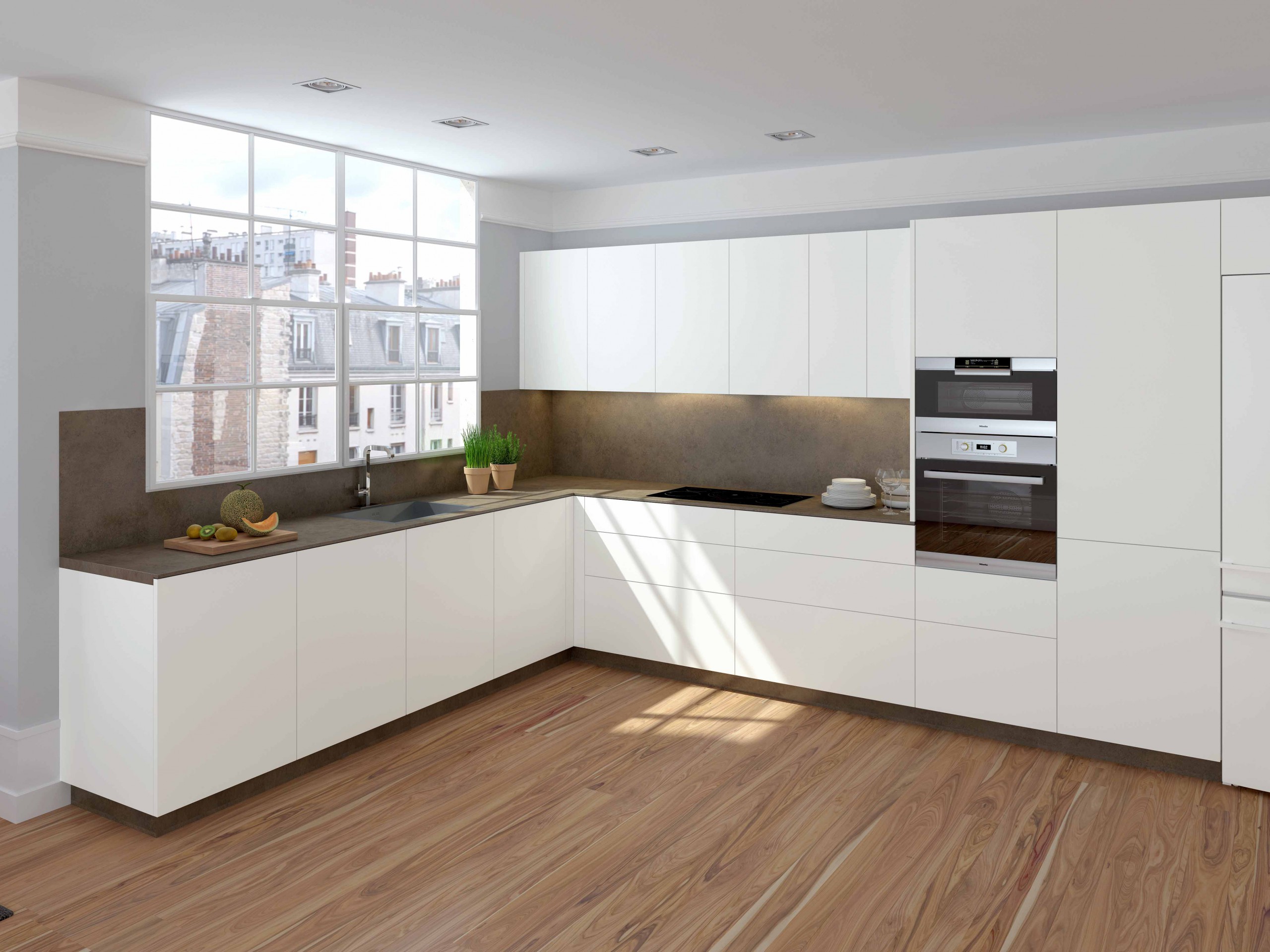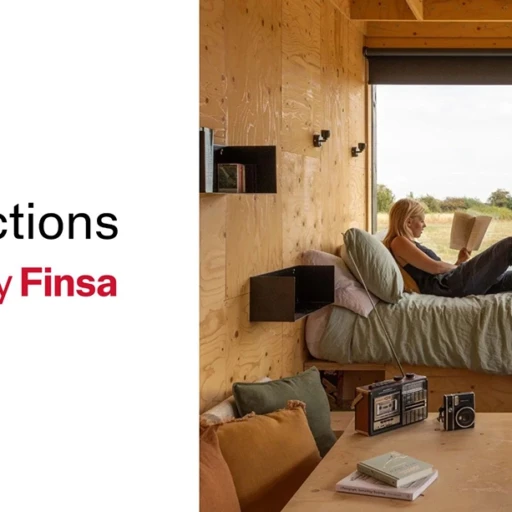The outbreak of COVID-19 has turned our lives upside down. We spend 90% of our time in enclosed spaces, including our home, workplace, and schools, and we are looking to ensure our safety and wellbeing in those spaces now more than ever.
The concept of health has now been added to design, functionality, and sustainability. Though it has always been there, its importance has been intensified by the health crisis. We want healthy homes. Biophilic design, which incorporates nature, and neuroarchitecture and are leading the way when it comes to stamping out sick building syndrome.
Ver esta publicación en Instagram
But now we are going one step further. It’s all about making our home an ally in the fight against the virus and microorganisms that make their way into our lives, ensuring they are spaces that improve our health and wellbeing. And the key lies in the materials we use.
In El País, Alfredo Sanz, president of the Consejo General de la Arquitectura Técnica de España (the Spanish General Council of Technical Architecture), explained that “the need for spaces to combine health and sustainability is behind a change in the way we view both newly constructed homes as well as those that are being renovated”.
So, R&D departments have put the wheels in motion, surprising us with ideas that will help us have homes where we can feel both comfortable and safe.
The holy trinity of health: copper, silver, and wood
The starting point for deciding which materials are the right ones to use in this fight against coronavirus is knowing how long COVID-19 can survive on their surfaces. A study published in the New England Journal of Medicine shows that the virus remains active on copper for 4 hours and on cardboard for 24 hours.
A second, later, study in The Journal of Hospital Infection showed that COVID-19 can survive up to nine days on metal, glass, and plastic when they are not adequately disinfected, while its lifespan on wood was only 4 days. For this reason, the FCBA (Institut Technologique Forêt Cellulose Bois-Construction Ameublement) says that “wood is one of the materials that coronavirus will remain active on for the least amount of time”.

The idea is to use the antiviral properties of these materials in interior design. When it comes to wood, products like Compacmel Plus from Finsa have antibacterial certification and have already been used in hospitals like the one in Valdecilla for cabinets, countertops, and finishes, making them ideal for kitchens, medical centres, and sports equipment.
What about copper and silver? The antibacterial properties of these materials make them ideal for use in fabrics. At Connections by Finsa, we have discussed the many applications of silver that help to protect us from electromagnetic fields. But copper can do even more. There’s no doubt it’s one of our biggest allies in fighting coronavirus.
Ver esta publicación en Instagram
Given the properties of this mineral, several companies have experimented with how to use them in our day to day lives at home. One of these companies is Coper Clothing, a pioneer in the research and development of copper-infusion technology.
The company explains that “[copper] helps to reduce the spread of the infectious diseases”. They’ve used this technology in household textiles, clothes, and accessories that improve our wellbeing and our surroundings.
Smart fabrics
In addition to these new uses of cooper, new materials have also been produced in labs. These are innovative products that facilitate two of the main prerequisites in the fight against COVID-19: hygiene and indoor air purification.
Style Group has launched a line of smart fabrics for homes, hotels, and offices with antiviral protection which eliminate coronavirus and purify the air by transforming ultraviolet light into ozone.
Italian start-up Anemotech has created The Breath, a fabric that they describe as able to significantly reduce air pollution, purifying the air as well as having an antibacterial and anti-odour effect.
Health and design
Fabrics that clean themselves have now arrived, making our lives easier and helping us to stay healthy. Rugs and carpets by Forbo eliminate most of the dirt and dampness from our shoes and reduce cleaning time by 65%.
Ver esta publicación en Instagram
Using this same combination of design, functionality, and health, Vescom has launched hygienic curtains that are easy to clean and have antiseptic properties. The product combines design with health to guarantee adequate hygiene. In addition to having antiseptic properties, they can be washed at 70 ºC and be treated with disinfectants.
Less noise, more wellbeing
The enclosed spaces that we spend a lot of time in should make us feel safe as well as provide a sense of wellbeing. For this, we need design and aesthetics, but being in a pleasant, calm place without any noise is also important. We need to take care of our physical health as well as our mental health, especially now that lockdown measures are taking their toll.
That’s why acoustics are a key element in our homes and at work. Now that many people have gone back to the office after working from home, reducing noise pollution in office interiors is essential.
Natural materials like cork, wool, and wood fibre panels, which absorb sound and reduce reverberation, and acoustic pulp panels, which are made from organic waste, are just some ideas for materials that can be used furniture and finishes that allow us to attain that longed-for acoustic comfort.
Ver esta publicación en Instagram
Ver esta publicación en Instagram
Materials are changing and technology is joining forces with design to make our home a comfortable, functional, sustainable, and healthy space.




